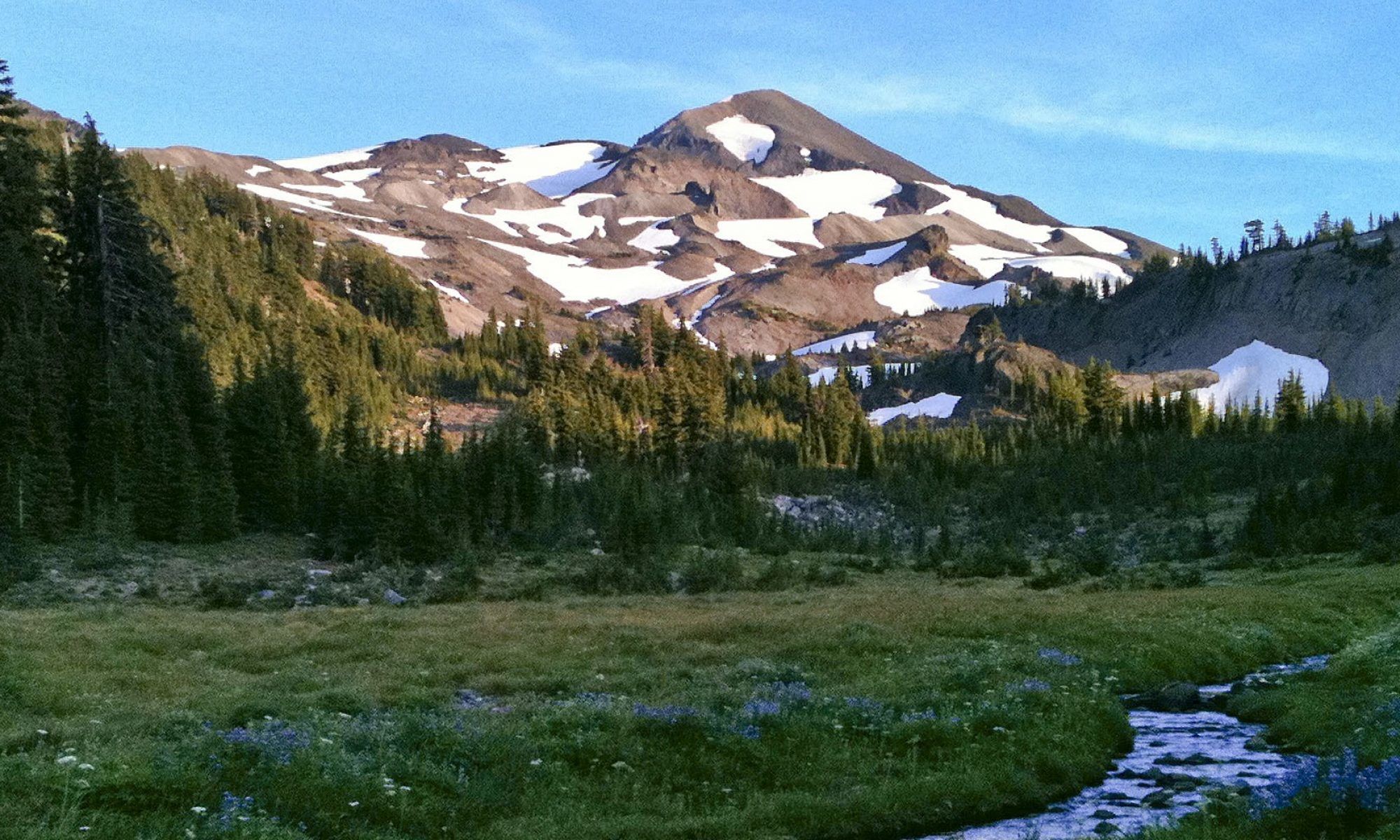Today we will talk about the 7 knots you need to know;
- Two Half hitches
- The Figure eight on a bight
- The Bowline
- The Taut Line hitch
- The Clove hitch
- The Square knot
- The Double Sheet bend
Knots are extremely useful and there are a myriad of choices. But, today we are going to examine what I consider to be the 7 most important knots that you need to know. With these knots in your skillset you will be able to deal with most any situation, requiring a knot, that arises. But please don’t consider this an all encompassing list, learn as many knots as you can.
That being said, let’s get started with some basic terminology;
- Bight: Any part of a rope between the ends. Bight also is used to refer to a curved section of a rope within a knot being tied.
- Loop: A bight becomes a loop when the two ropes cross. If the working end is crossed over the standing line, it is an overhand loop. It is an underhand loop if the working end runs under the standing part.
- Working End: The active end being used to tie the knot.
- Standing End: The end not being use in the tying of the knot. The rope part that is not being used is called the Standing Part.
Now for the Knots, I have included two pics for each knot, one loose so you can see how it is formed and one tight to show you how it should look when applied;
- Two Half hitches, this knot is the simplest knot used to hitch a rope to a post. It consists of a wrap or loop around the post, followed by an overhand knot then a half hitch. It is basically a Larks Head knot tied with the working end on the Standing part, to form a loop that tightens when the standing end is pulled.


- The figure eight on a bight, this knot is commonly used by climbers because of its security and ease of disassembly. Especially useful when you need to make a secure loop somewhere in the middle of a rope and used in some compound knots. You can also tie a figure eight at the end of a rope as a stopper knot.


- The Bowline, this is the knot you always wish you knew. It is very versatile and easy to untie, even after being subjected to heavy loads while wet. It is basically a Sheet bend that forms a loop. Although this knot is very secure when under a load, it can tend to work loose when not. That is why climbers use a figure eight on a bight. Remember this little ditty “The rabbit comes out of the hole goes around the tree and back into the hole” the rabbit is the working end.


- The Taut line hitch is an adjustable loop knot for use on lines under tension. It is useful when the length of a line will need to be periodically adjusted in order to maintain tension. Very useful when securing rain flies or tarps, if they become loose you simply slide the knot to take up the slack.


- The Clove hitch, this knot was commonly used to hitch your horse to the rail. You have seen it done a hundred times, if you watch westerns. It tightens when pulled from the standing end. It becomes unreliable when used on a square or rectangular post. This is the base knot for all lashings.


- The Square knot is a binding knot used to secure a rope around an object. This knot is an ancient one and is commonly mis-tied resulting in the failure of the knot. The working ends should always be on the same side of the knot. This is the knot you use to tie your shoes. It is useful whenever you need a strong bind that is relatively flat, It is also commonly used to tie two ropes together, but this is a mistake, as it is unreliable in this application, use a double sheet bend instead. Here is the rhyme to follow “Right over left and left over right makes the knot neat and tidy and tight.”


- The Double Sheet bend, this knot is used to join two ropes together, regardless of size or type. Done properly it is quite secure. The working ends should be on the same side of the knot. The larger rope should always be the Bight side (Black line)


So there you have it, with a little practice these knots will become part of your skillset and indispensable in your outdoor adventures or survival situations.
As always,
Stay Vigilant and Be Prepared

















You must be logged in to post a comment.